Henry Chen
This summer, I will work towards understanding why Jellyfish exhibit sleep-like behavior from a gene-expression standpoint. The frequency in which genes are expressed can give us insight into the biological mechanisms in many organisms. For the Cassiopea jellyfish, I intend to explore the genetic basis behind sleep by measuring how certain genes, specifically sleep-related genes, are expressed. So far, I have used cloning and sequencing techniques to confirm the presence of genes such as those involved in monitoring sleep/wakefulness, stress responses, and biosynthesis. Over the summer, I plan on building […]
Clarissa Baskin

This project is a crucial part of the Past Imperial Foodways project in the McCown Archaeobotanical Laboratory at UC Berkeley. Over the past year, we have discovered that a major component of the diet in the early urban environment of Huari (capital of the Wari State of the highland Andes, South America) is the bean (Phaseolus vulgaris). This is a rare discovery in archaeological sites in the Americas, where we are certain that beans were important to pre-hispanic society, but because beans are typically valuable food that is soaked and […]
Kourtney Shaw
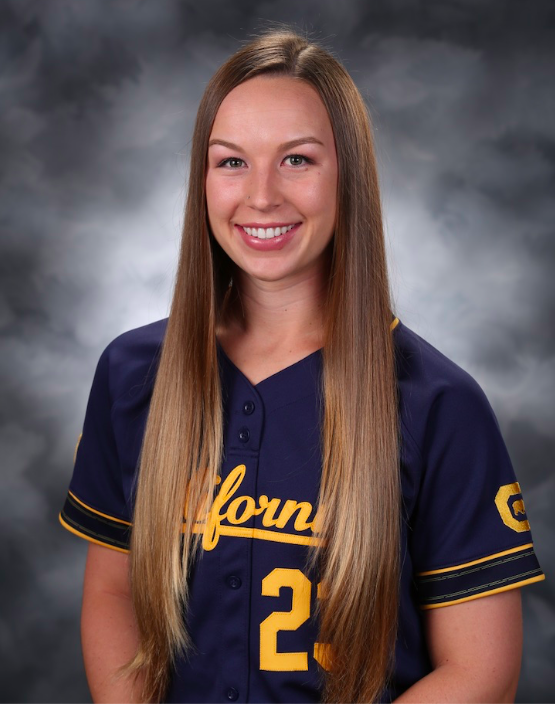
I will be researching the 17 states who have or have had previously state codes with exemptions from mandatory immunizations of school children on the basis on personal, philosophical, and/or religious reasonings, and will be writing memos on the historical developments of their immunization statutes. Several states, such as Oregon, Maine, and Washington, are currently in the process of trying to repeal these exemptions after recent outbreaks in communicable diseases. In light of recent measles outbreaks and motions to change state legislation concerning immunization requirements, I find my work to […]
Anika Kumar

My project seeks to understand the major metabolic pathways such as gluconeogenesis and how they respond to lactate supplementation in rats that have been subjected to traumatic brain injury (TBI). I am specifically working on developing and running assays with the Gas Chromatography Mass Spectrometer using isotope tracers to track important analytes as they progress through these pathways. This work will hopefully impact standard of care in individuals recovering from TBI.
Kylie Cheng
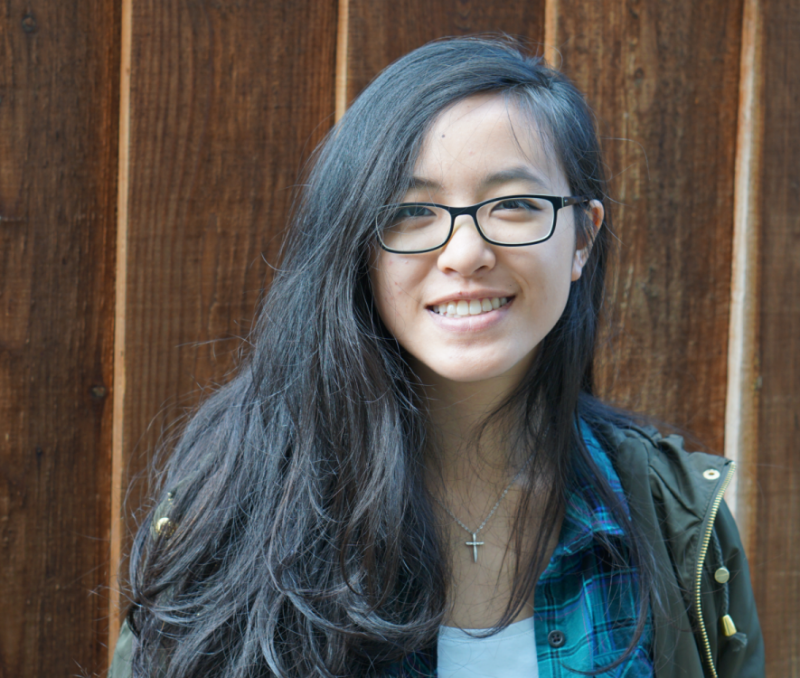
My mentor’s project aims to develop tardigrades (also known as water bears) as a model for physiological adaptations to freezing, specifically investigating molecular mechanisms for cold tolerance. One suspected mechanism that tardigrades may use is making antifreeze proteins that bind ice crystals to prevent their further growth. So far, several possible ice-binding proteins have been identified. I will be working on cloning the genes for these proteins into E. coli, where over-expressing the genes will generate amounts of proteins that, when purified, can be assayed to figure out if they […]
Anand Siththaranjan
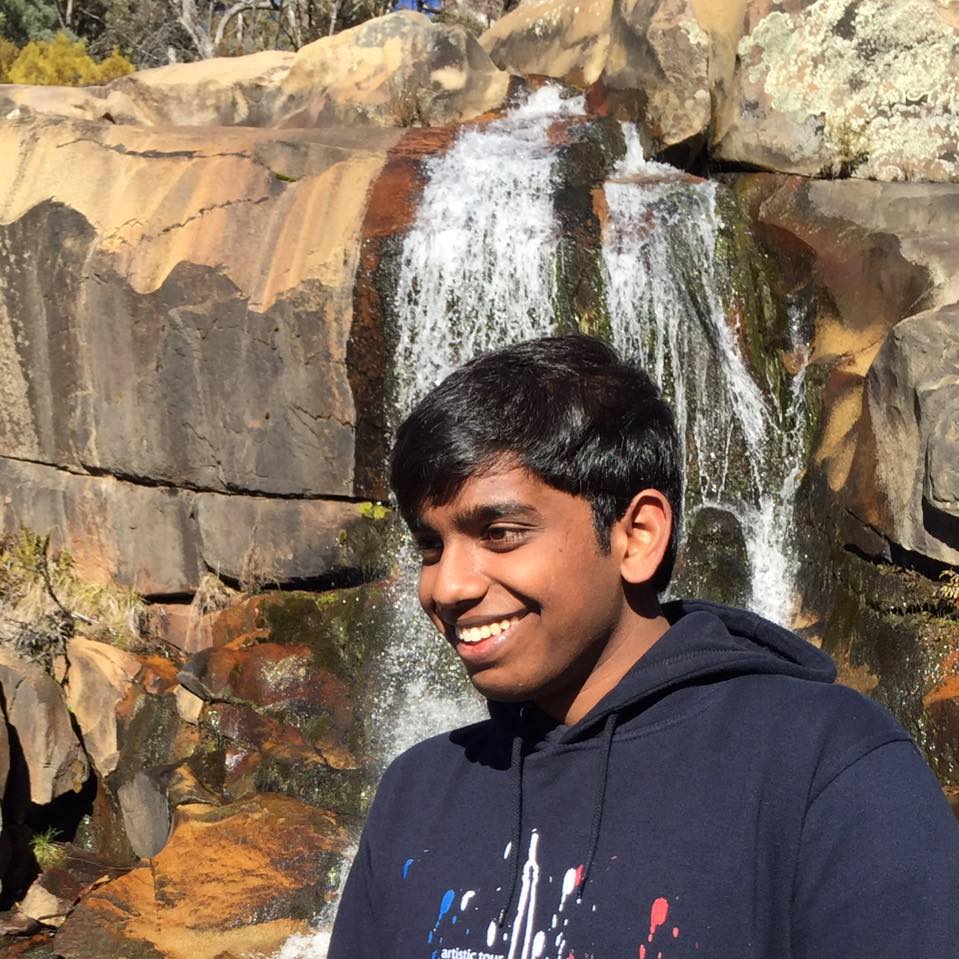
Currently my work is in helping to create a convolutional neural network that can effectively ascertain the various properties of a neuron based of the its response to stimuli. Over the summer, my work will be focused on improving our current CNN to take into account the “peeling procedure”, which is a domain-specific technique in neuroscience that can help improve the accuracy of our model, as well as generalise the model to account for various kinds of stimuli.
Amy Zhong

Over five million Americans today live with a heart failure and many suffer from a loss of heart cells and deterioration of the organ. Although there’s been a lot of research done on the genetic and pharmacological approaches to cardiomyocyte regeneration after cardiac injuries, the mechanism behind the regenerative potential of the mammalian heart is still unclear. Interestingly, heart regeneration is robust in adult zebrafish and newborn mice, yet almost completely disabled in adult mammals. Our lab focuses on uncovering the genetic basis of cardiomyocyte proliferation and regeneration after heart […]
Elizabeth Applegate
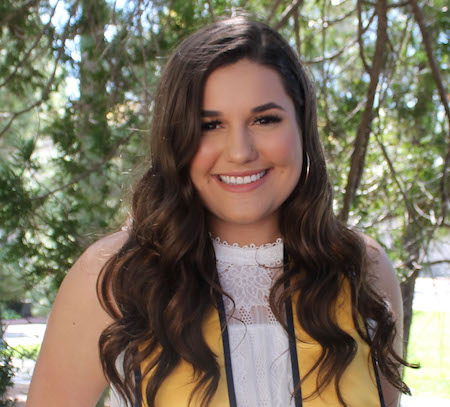
This summer, I will be finishing up my year-long honors project. My project involves the overexpression of powdery mildew-secreted effector proteins in seedlings of its plant host. My mentor and I hypothesize that these effector proteins are causing a crucial process called endoreduplicaiton to occur in plant host cells, so my project allows us to test this hypothesis.
Lindsey Parnas
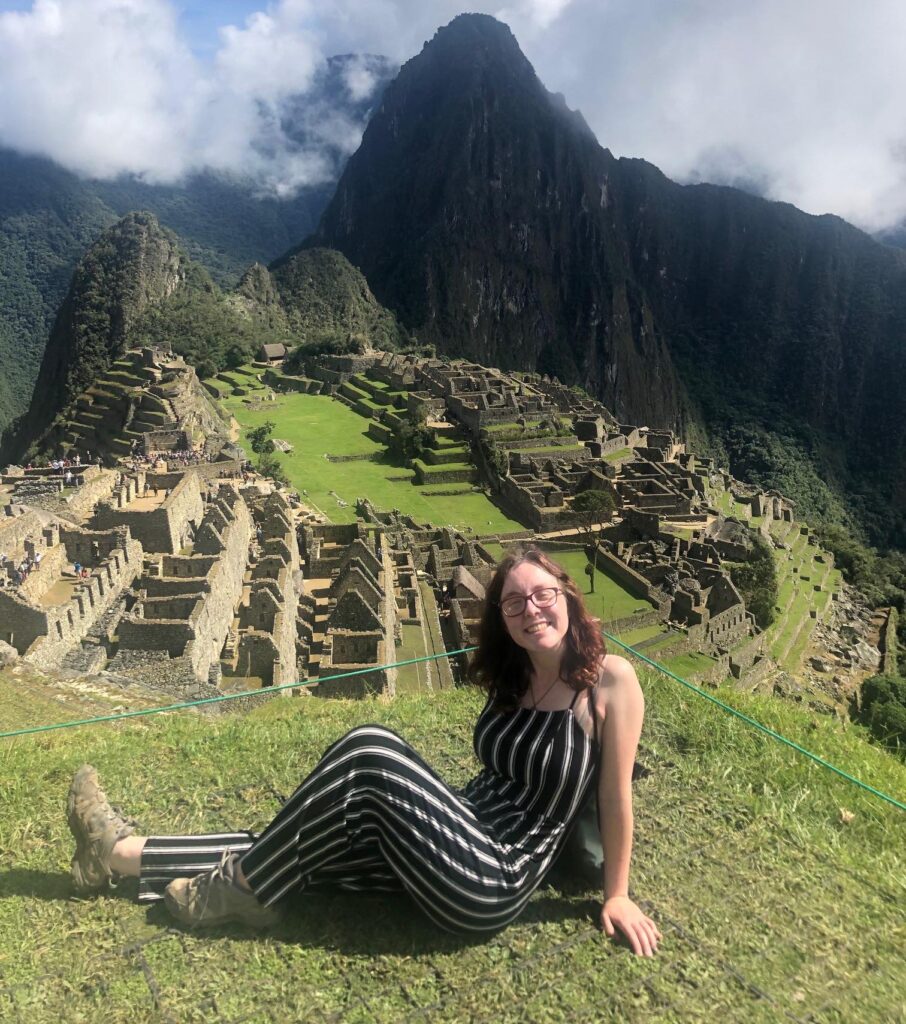
Using secondary materials, online sources, encyclopedias, and other reference material, I will continue my research of the past year investigating when particular paramilitary forces came into existence and ceased to exist, the size of these forces, and which ministries commanded the forces. I will write brief summaries of their insights that will form the backbone of the data coding for our project supported by the Department of Defense. This project collects force information for 102 developing countries, and I focus especially on the Middle East and North Africa region.
Casey Vo
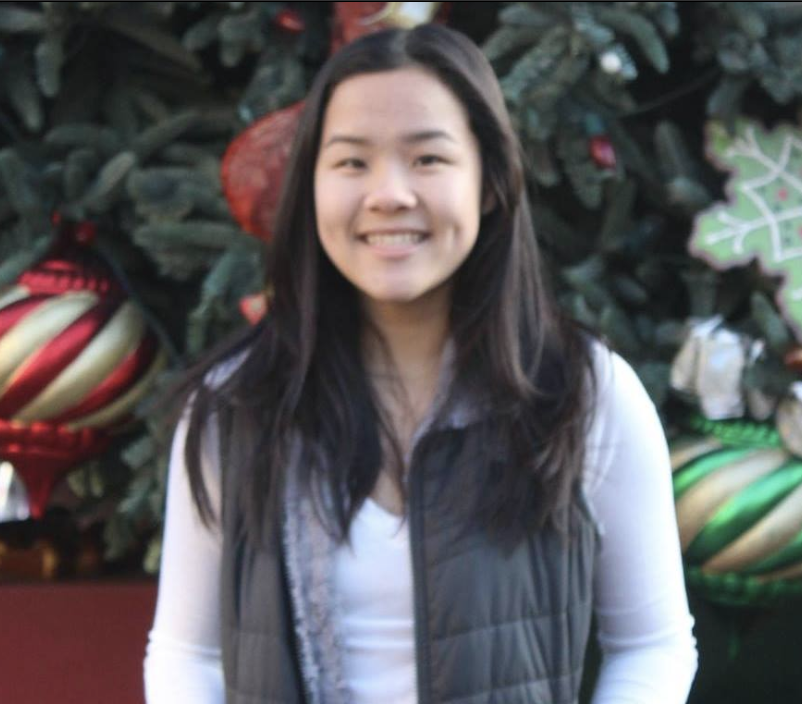
In the Experimental Astrophysics Group at the Space Sciences Laboratory, I work on the testing and characterization of michrochannel plates for their use in NASA sub-orbital and satellite instruments. The MCPs are thin plates made of highly resistive materials with a honeycomb pattern of slant mircochannels. Photons are sent through the channels and bounce against the channel walls until electrons are emitted and yield a cloud of several thousand electrons. My work this summer will focus on further studying and testing these plates for use in future NASA instruments.